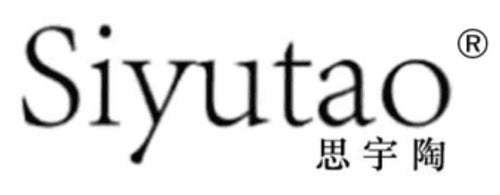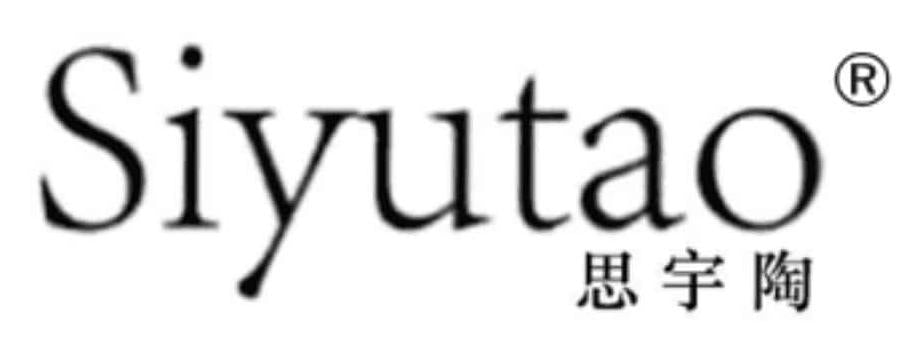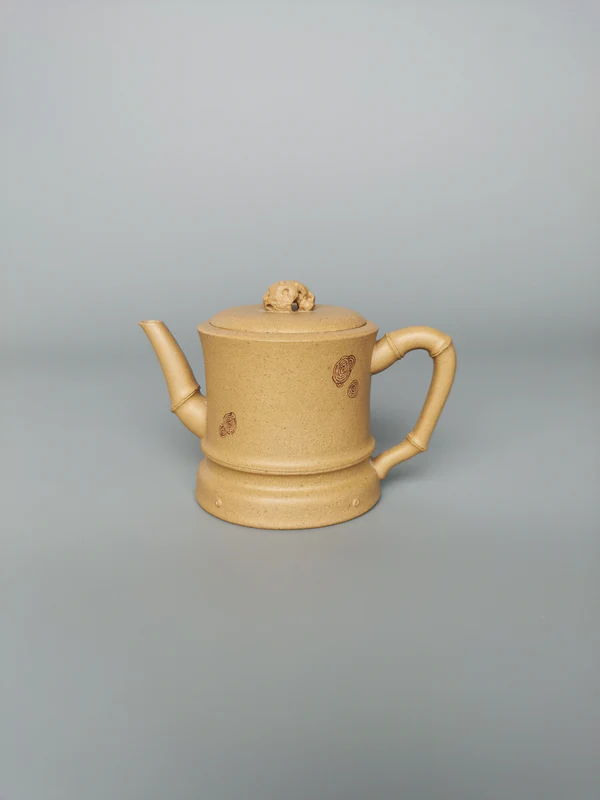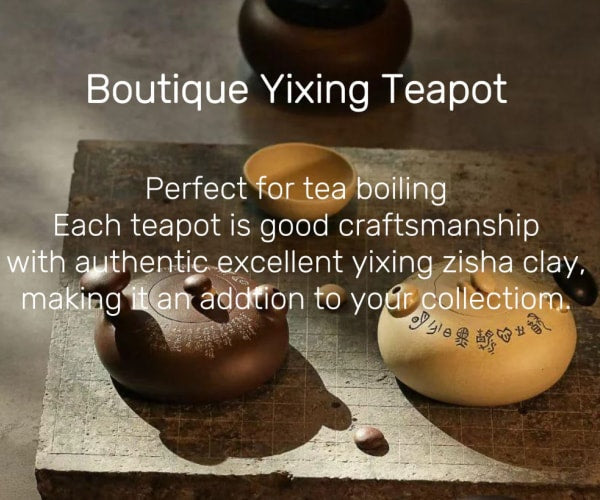Discovering Yixing Duan Ni (Duanni) Clay: The Earthy Poetry of Symbiotic Minerals
Yixing zisha clay, revered for centuries as the "golden ore" of teapot craftsmanship, encompasses a fascinating spectrum of mineral varieties. Among them, Duan Ni (段泥), also colloquially known as "Duanni" or "Duàn ní", stands out for its natural complexity and mesmerizing aesthetic versatility. Often called "Tuan Ni" in historical texts, this clay’s name originates from its symbiotic mineral structure and its fired hues reminiscent of satin (duàn in Chinese). Let’s delve into the unique charm of this underrated clay type.
-------------------------------------------------------------
What is Duan Ni? A Symphony of Symbiotic Minerals

(Duanni Mine)
Duan Ni is not a single mineral, but a naturally occurring composite clay, formed through the symbiotic fusion of different zisha ores. It is primarily found in two combinations:
-
Green Clay (Lüni) + Purple Clay (Zini): The most common blend, yielding a harmonious interplay of textures.
-
Green Clay (Lüni) + Red Clay (Hongni): Less frequent but prized for warmer undertones.
-
Red + Purple Clay combinations: Rare and geologically unique.
Mined alongside other zisha ores, Duan Ni’s composition varies widely depending on the ratio of its constituent clays, the depth of the mine layer, and the specific矿区 (mining area). This diversity makes every batch of Duan Ni distinct—a true reflection of nature’s artistry.
Aesthetic Alchemy: Firing & Texture
Duan Ni’s magic unfolds in the kiln. Its broad firing range (typically 1120–1180°C) allows artisans to create larger pieces while achieving nuanced color shifts. Post-firing, Duan Ni exhibits a "bone-more, flesh-less" texture—a poetic Chinese description highlighting its gritty, porous structure.
Color Palette
Depending on firing temperature and atmosphere, Duan Ni transforms into earthy tones that evoke antiquity:
-
Ancient bronze
-
Camel gray
-
Mustard yellow
-
Burnt sienna
-
Cool golden (a historical favorite, akin to aged parchment)
Surface Textures
High-quality Duan Ni showcases a sandy, granular texture with delicate layering. Variations in particle shrinkage during firing create tactile, visually rich surfaces likened to:
-
Shark skin (rough yet uniform)
-
Fish roe (tiny, clustered granules)
-
Pear skin (softly mottled)
In contrast, low-grade Duan Ni appears dull gray with a dry, chaotic grain pattern. Poorly blended composites may even develop "drag marks" (拖尾)—crushed particles that mar the surface.
The Good, The Bad, & The Gritty
Premium Duan Ni:
-
Natural, warm hues without artificial pigmentation.
-
High porosity (ideal for tea brewing—enhances aroma absorption).
-
Evenly distributed grains with a silky-sandy tactile feel.
Inferior Duan Ni:
-
Muddy, lifeless colors.
-
Chalky texture with uneven particle distribution.
-
Prone to cracking or surface flaws due to mineral incompatibility.
Regional Variations: A Clay of Many Faces
Duan Ni’s character shifts subtly across Yixing’s矿区 (mining zones). For instance:
-
Huanglongshan deposits: Brighter golden tones.
- BaoShan deposits
- TaiXi deposits
- DaShuiTan deposits
Timeless Treasures: Duan Ni in Modern Craftsmanship
Contemporary artisans continue to harness Duan Ni’s rustic elegance. Below are exemplary works showcasing its range (click images for details):
-
Qingxiang Teapot: A minimalist design highlighting Duan Ni’s natural speckling.
-
Xiaoying 80ml: Fired to a warm golden yellow, perfect for oolong tea.
-
Stone Bamboo 110ml: Textured surface mimicking bamboo shape.
-
Snail Teapot: A whimsical shape with "pear skin" grain.
Conclusion: The Unsung Hero of Zisha
Duan Ni may lack the fame of Zini or Hongni, but its understated beauty lies in its unpredictability—a collaboration between earth and fire. For collectors, it offers a tangible connection to Yixing’s geological heritage; for tea lovers, a porous vessel that ages gracefully with each brew. In a world of mass-produced ceramics, Duan Ni reminds us that true artistry begins with the soil itself.
Tip: To preserve its patina, season your Duan Ni teapot with one tea type only. Over time, it’ll develop a luminous sheen, much like antique satin—true to its name.
Explore more about Yixing’s clay alchemy at Yixing Teapot Art.







